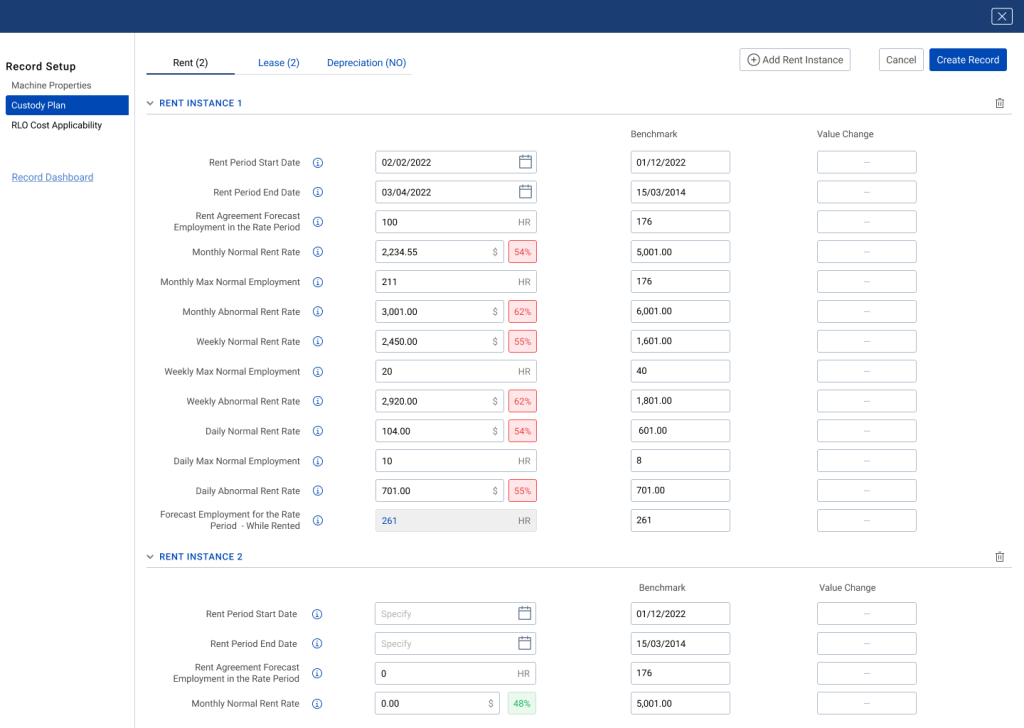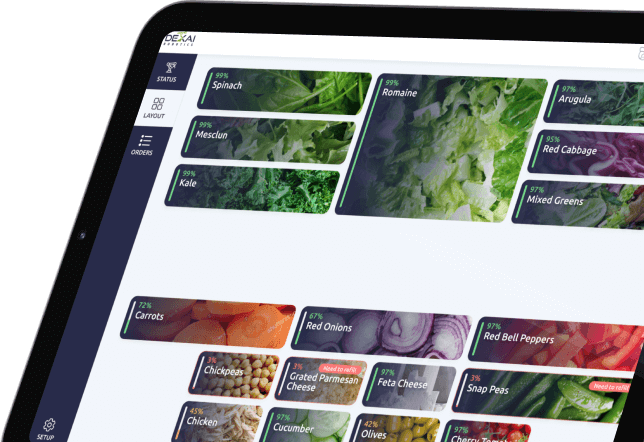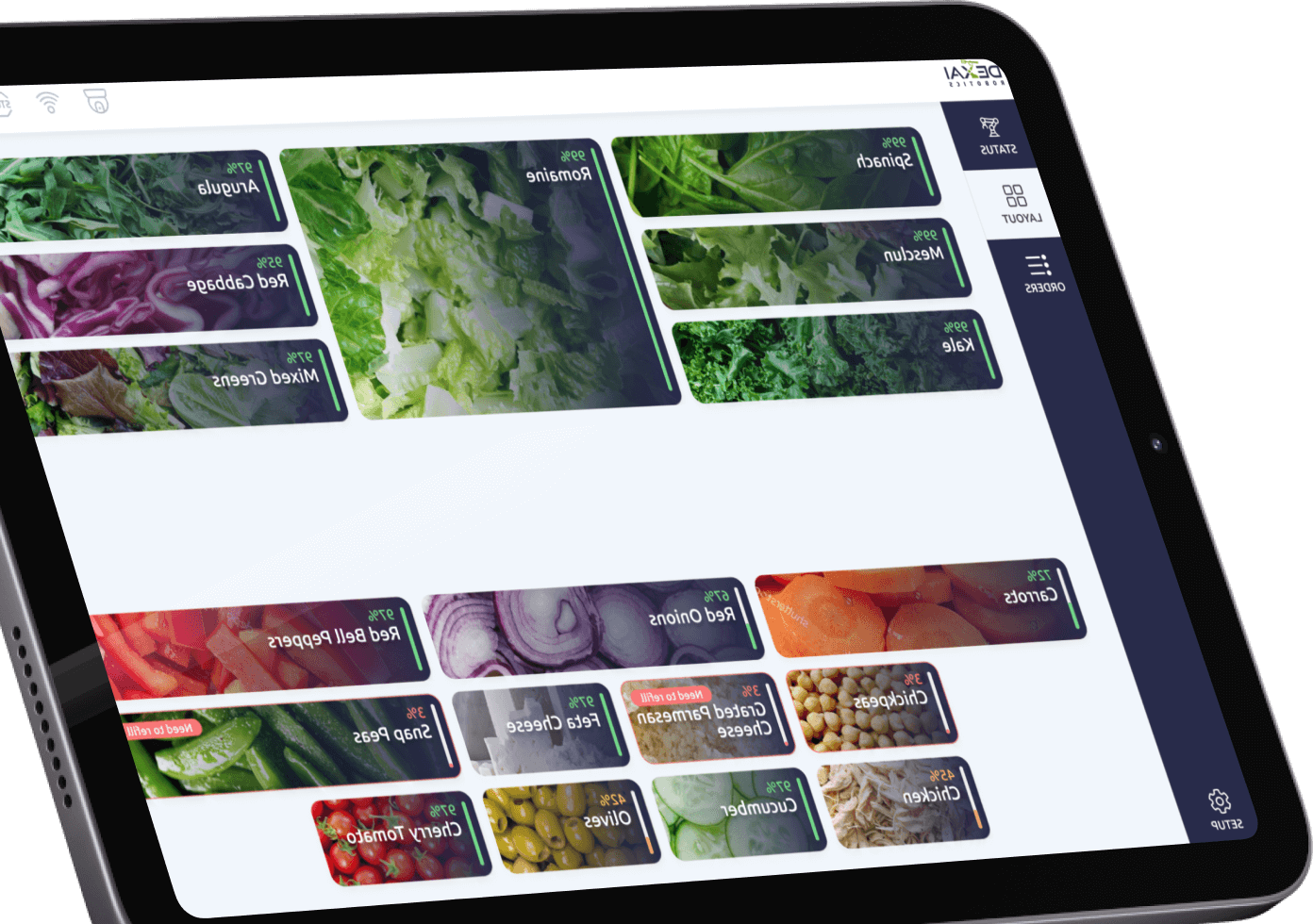Case Study: Cost management platform development
A cost management system for equipment in the construction industry
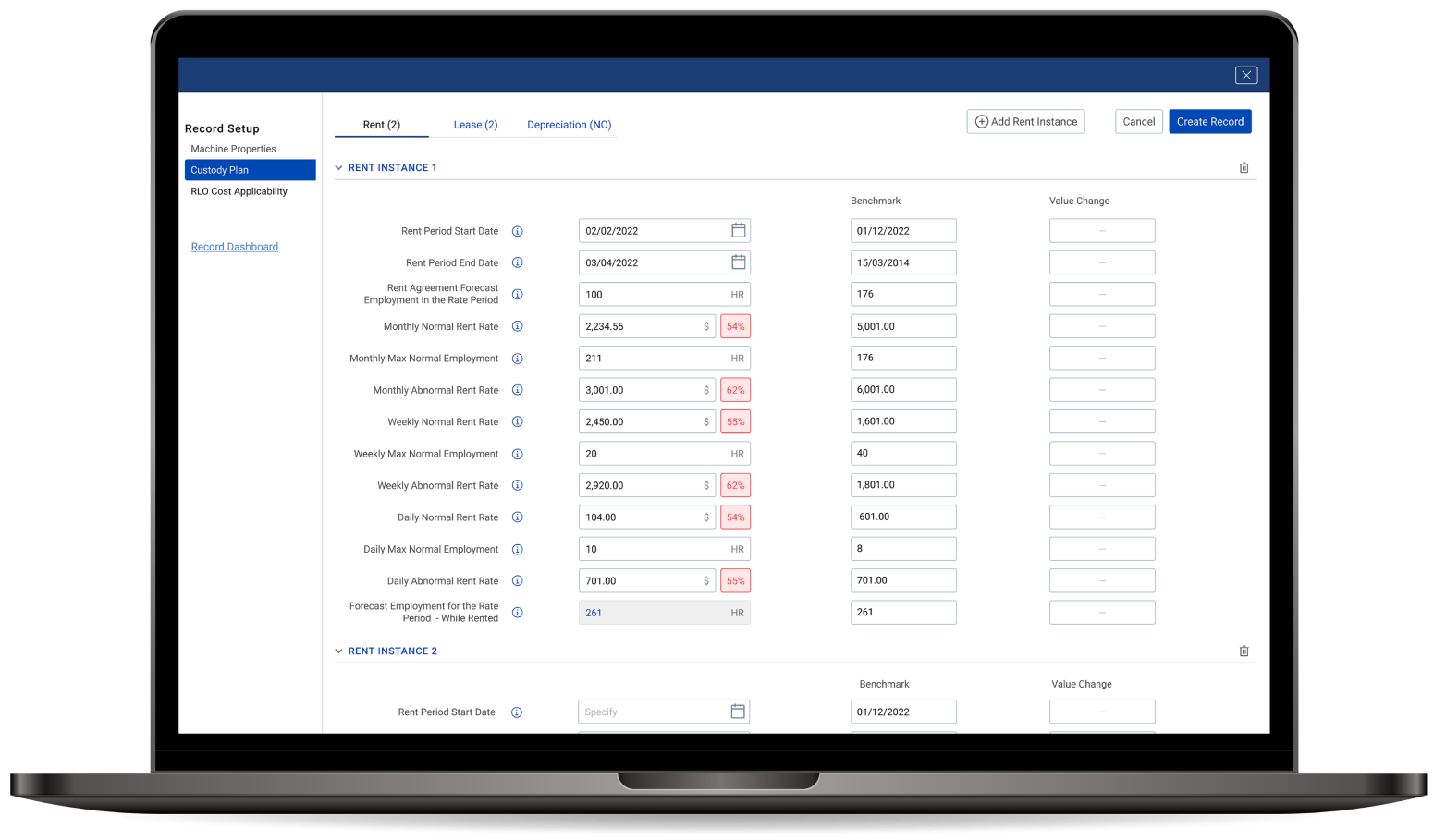
Business сhallenge
The Client referred to us with specific business goals and expectations. As top developers, we were expected to:
- check that the business idea is feasible from a technical perspective;
- build a complex system that calculates charge rates of construction equipment;
- implement a core charge rates calculator algorithm that must encompass all equipment costs during the exploitation;
- add a variety of visualizations and analytics to display vast amounts of information;
- be fully transparent: provide weekly work progress reports and monthly budget forecasts, and stick to the strict delivery schedule;
- be able to work within quickly evolving and changing requirements. Ability to track changes and keep up with requirements updates;
- achieve and maintain top development speed, present the Pilot version to potential Clients and investors on time;
- reach desired technical metrics regarding performance, security, and scalability.
Our solution
Client got a full-fledged platform with complex logic of real-time calculations and visualizations. The solution proves that the business idea is viable and helps the Client to move forward with the next investor rounds and further concept evolution.


- We developed a full-fledged web platform with all major functionality implemented. The MVP is ready for presentation to users and investors.
- We managed to programm algorithm that calculates the equiments charge rates. The algorythm encompasses custody and operating costs. Thanks to that, we proved that the business idea was viable.
- Comprehensive construction equipment management interfaces. Cost breakdown structure, construction equipment list with its properties, standard and unique properties for every type of equipment.
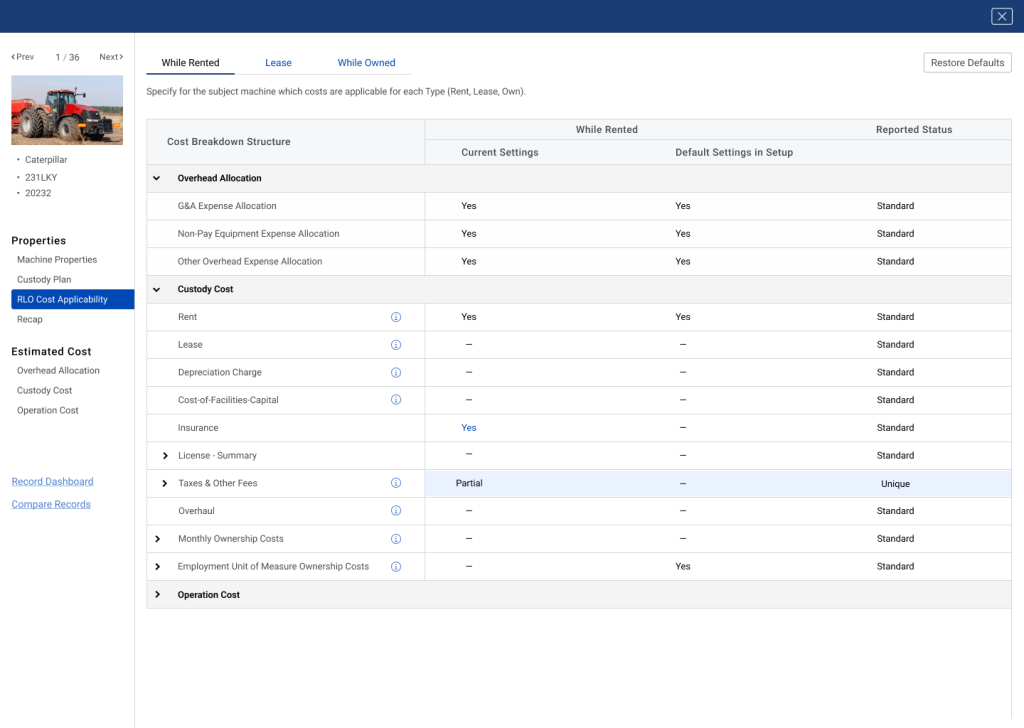
- Scalable architecture that can store and calculate a large number of machine equipment.
- Rich real-time visualization thanks to React framework and the Highcharts visualization library. If any changes are applied, the platform displays them on-the-fly.
- We applied management and Business Analysis approaches to handle changing and evolving requirements. The scope changed weekly, so the development process was based on a constant Design Thinking Process. The Client expanded, altered, and splited the requirements for the majority of features. We, in turn, had to adopt our plans and time estimation. As a result, classical fixed sprint planning turned out to be ineffective. Kanban was selected as the only possible method of work.
- Forecast employment for the rent period
